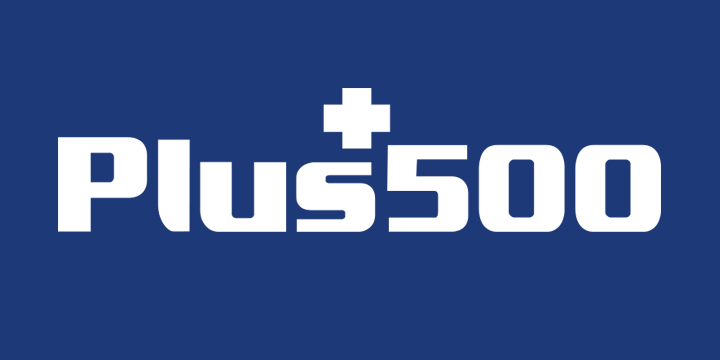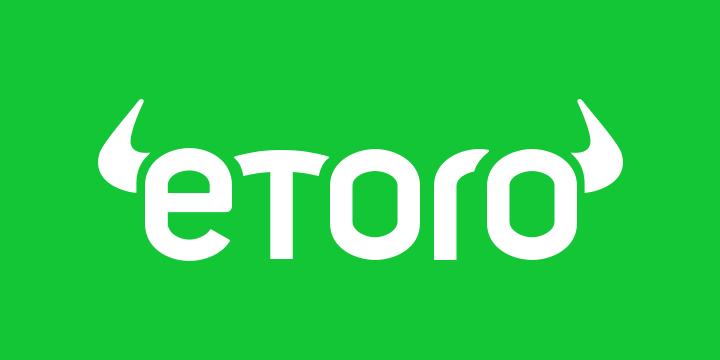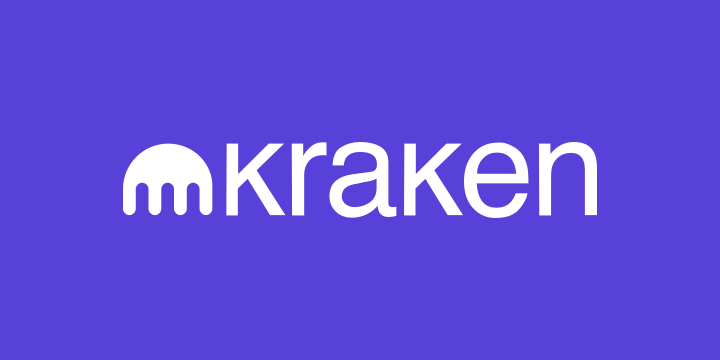10 Best Tezos Exchanges in 2024

A complete blockchain on its own, Tezos XTZ has gained popularity among its users for its efficient and low-cost use of the Proof of Stake (PoS) system to verify transactions and create new blocks. The rise of the XTZ Tezos coin value over the years has attracted crypto enthusiasts and its trading has given them opportunities to make profits. Users can also earn a passive income by staking the coins.
This article will discuss the best Tezos exchanges in 2024 so that you don’t spend time checking them out and can get right on to trading Tezos XTZ.
Our List of The Top Tezos Exchanges
Following is our list of the best Tezos exchanges, ranked using different criteria, such as ease of access, trading functionalities, security, trading pair options and much more.
What is a Tezos Exchange?
A decentralised and open-source blockchain network, the Tezos ecosystem is powered by its native XTZ coin. Although baking Tezos is a much easier option, generating XTZ through delegating or staking is not the best option for some people as trading attracts them more. The rising and subsiding value of its coin lets people buy XTZ when the value is low and sell when the XTZ price rises.
For people who want to trade Tezos, the question that arises is where to buy and sell it? The answer is a Tezos exchange. A crypto exchange is a 24-hour online crypto market that connects the buyers and sellers in one place. Many exchanges offer Tezos support for traders interested in XTZ.
Users can sign up on these exchanges and start buying and selling almost immediately.
How do Tezos Exchanges Work?
Tezos exchanges are just like any traditional ones. The underlying principle is the same. All potential traders connect to one common platform, where buyers and sellers can then trade with each other. Each trader places their required order, or accepts the ones already placed. The exchange acts as an intermediary and charges a small fee per trade.
To begin trading, people need to first get themselves registered on a Tezos supported exchange. Every exchange has its own registration process, but there are a few common requirements, such as name and an email address. Exchange registrations also may require the users to give other information such as a mobile number and even their place of residence.
Nearly every reputable exchange has its own Know Your Customer (KYC) and Anti-Money Laundering (AML) checks. Depending on the exchange’s policies and the locality it is registered in, they may ask for more information during the registration process or after. Information required under KYC and AML norms may include the trader’s address, location, source of income and nationality.
Some unregulated exchanges allow users to sign up without any KYC at all. Openly defying regulations, these exchanges have a high probability of being scams and fraud.
Once users are registered, they can start trading their Tezos coins. Traders can buy and sell Tezos XTZ against other cryptocurrencies (and even fiat currencies) on the trading platforms using the available trading pairs. Before that, however, the traders will need to fund their accounts. This can be easily done by either depositing crypto to the account wallets on an exchange or by depositing fiat money through one of the many options available on the exchange. Most exchanges support debit, credit cards and direct bank transfer.
Like deposits, exchanges also let their users withdraw their XTZ coins. The withdrawal requests can be generated from the account wallets by entering the destination wallet address. It is advised to check out the withdrawal request system a few days in advance as some exchanges might ask for whitelisting addresses and have a hold period for a few days.
Using an Exchange Vs a Broker
Active trading of XTZ may not be possible for many people and a broker may be their choice. A Tezos broker can either be an individual or a firm that trades on a person’s behalf. A Tezos exchange will allow a user to hold tokens directly by buying them. Similarly, the Tezos tokens held by the user can also be sold on a Tezos exchange. However, brokers allow users to benefit from trading the volatility in Tezos price without actually holding the token.
Since brokers are professional money managers, they can offer complex derivatives to their clients, who don’t need to understand the complexity behind it.
One of the basic derivatives is leveraged trading. In it, the brokerage loans money (can be fiat, BTC or any other crypto) to potentially multiply the profits. Once a leverage position is liquidated, the brokerage takes back the loaned amount, along with interest and the rest of the profit goes to the user.
Other contracts offered by brokers include CFDs, which allows people to buy Tezos at a premium price with the ability to close the contract at any time, pocketing the difference between the paid and the market value. Futures are fixed time deals that allow people to buy Tezos, speculating on a future price and collecting profits (or accepting losses) when the contract expires. Options is another form of a speculation contract, albeit with the ability to close the contract before expiry. Some brokers might also offer Perpetuals, which are just like Futures, but without any expiration time.
Though brokers my seem an easier choice for Tezos trading, with the middleman taking care of all the intricacies, the clients never hold the Tezos and only deposit acceptable forms of fiat and cryptos. The higher profits are also attractive, but the downside is the higher risk of losses. The broker can close the contract if your position starts eroding.
Types of Exchanges
- Centralised Exchanges: Platforms that use centralised servers to operate and let people trade are called centralised exchanges. These trading houses allow people to deposit their Tezos, BTC and even fiat currencies in their wallets. All the trading takes place on their systems, without the cryptos exchanging hands. Whenever a trader wants to withdraw their assets, the exchange sends them out from one of their wallets. Central exchanges have fast trading engines and due to their larger trading volume, they offer good liquidity. However, as centralised exchanges, they are prone to hacks, no matter how good their security is.
- Decentralised Exchanges: Deploying the whole trading platform on the blockchain itself, these exchanges use smart contracts to perform all trades. Users do not need to send over any Tezos and only need to connect their Tezos wallets to the platform. When an order is executed, the smart contract takes the cryptos and swaps them with the desired one. Decentralised exchanges, being built on blockchain, are the most secure trading platforms. Unfortunately, they face issues such as slow trading speed, liquidity and even price slipping during the trade execution.
- Local Exchanges: Crypto exchanges normally work on a global level. However, several exchanges offer trading services to strict geographical areas. These allow people to directly trade with each other, the platform only acting as an escrow to ensure there are no frauds. Usually, the exchange only offers local crypto to fiat pairs. They are good for instant cashing out of Tezos and other cryptocurrencies but can charge a hefty fee.
- Fiat Vs Pure Exchanges: Crypto exchanges are all about buying and selling of the digital coins. Some exchanges support fiat, through deposits, withdrawals and crypto to fiat trading pairs, while pure crypto exchanges only have crypto to crypto pairs. Crypto to fiat pairs make it easy for traders to transfer their existing fiat currency over to the exchange and buy Tezos XTZ or any other crypto. At the same time, they can also sell Tezos and their other cryptocurrencies for fiat money and withdraw to their banks directly.
Key Things to Consider When Choosing the Best Tezos Exchange
Every exchange offers different benefits and has its drawbacks. To know what exchange will serve you the best, there are some key factors that you have to look into:
- Security: Is the level of security on the exchange up to par? Some exchanges have third party independent security audits. Look at their history to check if they have faced security issues in the past. Two Factor Authentication and whitelisting of addresses are also offered by good exchanges as an enhanced security measure.
- Trading Pairs: Does the exchange offer enough Tezos trading pairs that suit your need? Check and select the exchange that offers more trading pairs to increase your investment options.
- Liquidity: The exchange should have enough liquidity to allow you to easily trade.
- Fiat Support: If you regularly use fiat to buy Tezos or liquidate it, a fiat trading pair with banking support is a must.
- Fees: Crypto exchanges earn through commissions on trades and by charging a fee for deposits/withdrawals. Many exchanges charge high trading fees, but reduce the charges as more and more trades are done by a user.
- Trading Interface: The user interface can be complex for many people, with different charts, graphs and numbers rolling on the screen. If you are a beginner user, maybe an exchange that offers a simpler interface will suit you.
- Legal Compliance: Though exchanges have a purely online existence, the offices and team reside in physical locations. The exchange should support your country/ locality. Furthermore, the exchange should be legally compliant in terms of local laws and regulations.
Should I Buy or Trade Cryptocurrency?
Trading involves regular buying and selling of tokens to realise profits and is short term in nature while investing involves buying and holding for longer periods. Trading requires people who have adequate knowledge of how crypto markets work to make the most of the available opportunities. While investing doesn’t require much know-how. You can simply make small investments and watch your portfolio grow over time as an investor.
The good thing about trading is that you don’t have to own the real asset to benefit. Derivatives platforms will allow you to interact with various financial instruments connected to Tezos, such as futures, options, and CFDs and profit from them without holding the underlying asset.
Futures will allow the user to set a predetermined price at which a trade will be executed on a specific date in the future. They can lead to high profits but carry risk due to huge price fluctuations.
Tezos options allow the trader the right to buy/sell the underlying asset at a predetermined price on a specific future date.
Tezos CFDs stand for contract for differences and allow the trader to speculate on the Tezos price movements by taking long/short positions.
In trading, you don’t have to own the underlying asset to make a profit.
Final Thoughts
Using a unique modular nature, Tezos blockchain is more stable and reduces chances of forks, making it more viable to not only hold Tezos XTZ coins but also trade them. Tezos is also reportedly highly regarded by large corporations and businesses, giving it the potential to increase in value as more adoption occurs.
To find out the best Tezos exchange in 2024, take into account all of the points discussed above and find the one that strikes a balance. For a look into exchanges for other cryptos take a look at our top cryptocurrency exchange page.
Pros and Cons of Using Tezos Exchanges
Pros
- Instant access to buying and selling XTZ.
- Trading is open 24 hours as the crypto market never sleeps.
- Exchanges allow baking (staking of Tezos coins).
- Regulated exchanges are a safe and secure option to trade Tezos XTZ.
Cons
- Limited Tezos trading pairs.
- Some exchanges may not be available in all jursidictions.

